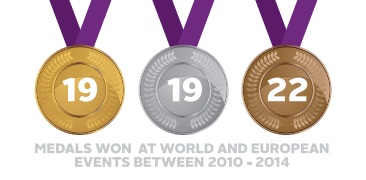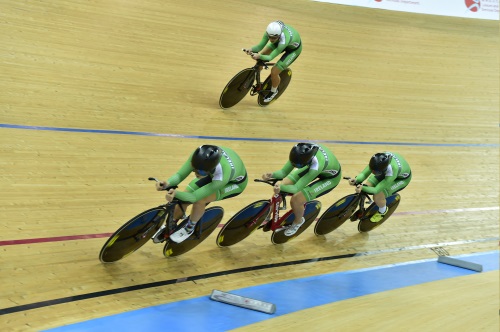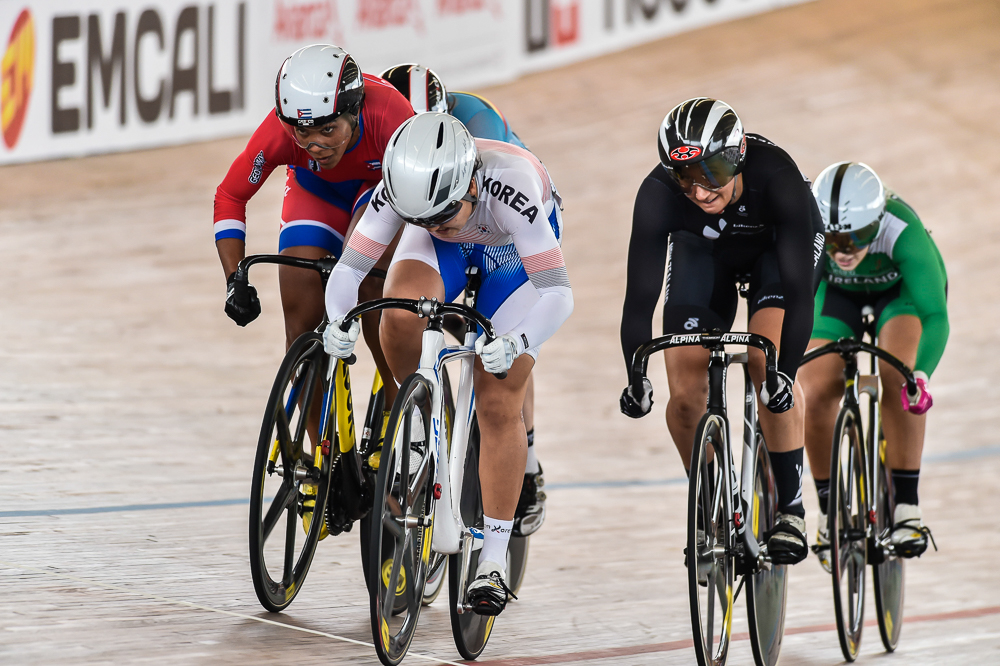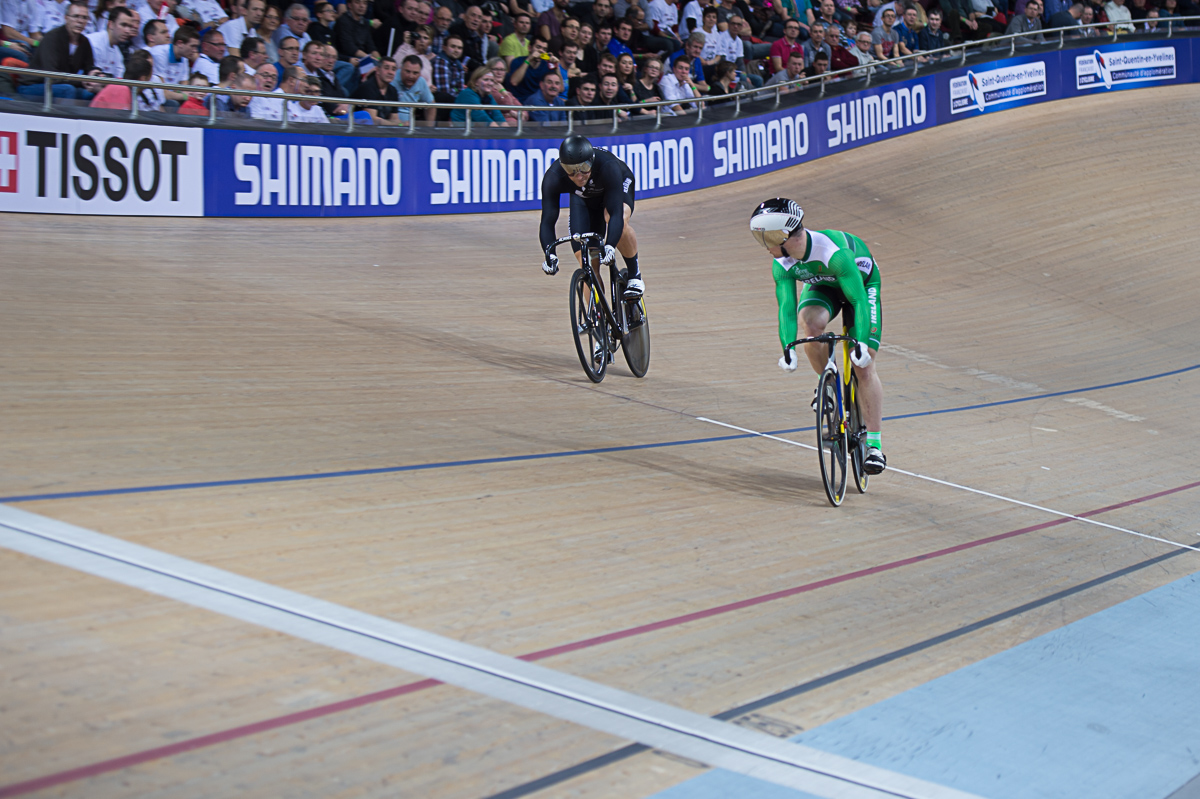TRACK CYCLING AND THE OLYMPIC GAMES

With the 2016 UCI Track Cycling World Championships just around the corner, we will just take a quick look at the main events that the Irish riders will be participating in, and explain what they involve. Over the past number of years the Irish cycling high performance programme has focused quite a bit on track cycling. There are a few reasons for this – but the main one is that it is on the Velodrome where most of the Olympic medals are available, and much of our funding in the sport is determined based on results in Olympic events.

At the Olympic Games there are competitions across most of the disciplines, with the Time Trial and Road Race for road cyclists, Cross Country race for the mountain bikers and BMX racing. On the track the events for men and women are the Omnium, Keirin, Individual Sprint, Team Pursuit and Team Sprint. Ireland has already qualified two places for the road race, and Kelvin Batey is seeking qualification in BMX at the World Championships in May. For the track cyclists the World Championships in London from the 2nd – 6th March will be the last chance to gain qualification points for Rio, so it’s crunch time for the riders.


To qualify for the World Championships Irish riders need to accumulate enough points through races throughout the track season. For the riders in the Olympic class events these races are mainly the World Cups, and for the non-Olympic events, or World Class I events, these can range from World Cups to other UCI events hosted around the world. In order to compete at the World Cups in most of the Olympic events the riders qualified through track races across Europe throughout the summer, and the three World Cups always take place in November, December and January. Ireland had riders competing in three Olympic events throughout the World Cup season, the Women’s Team Pursuit, Men’s Individual Sprint (Eoin Mullen) and the Women’s Keirin (Shannon McCurley). Mc Curley is currently the rider looking most likely to qualify for the Rio Olympics, with Mullen within shouting distance also.
Here is a summary of the events in which the Irish team will be competing:
Women’s Team Pursuit
The Team Pursuit is the track cycling equivalent to a team time trial. Four riders line up at the start line in the qualifying rounds, and race against the clock. The riders are spread across the width of the track initially, with the rider closest to the middle of the Velodrome starting in a starting gate. A clock counts down the riders from 30 seconds to 0, and the commissaire in the centre of the velodrome sounds a gun to indicate the start time.
Once they start the riders quickly move into formation, in a single line, and embark on a 4km race against the clock. Each rider takes a turn on the front before moving up the banking at the tighter and steeper end of the velodrome and slotting in behind their teammates. The time of the third rider over the finish line is taken as the time for the team. There is incredible skill and technique involved here, along with precision, which comes with a lot of practise. The Irish team have spent a lot of time perfecting this technique over the last number of years from their base in Mallorca, and are now competitive with many of the best nations. While qualification for Rio in this event is unlikely, every time this team competes the times and performance gets better, so with a lot of new talent always coming into the team, the long term focus for the team is Tokyo in 2020.

Women’s Keirin


Men’s Sprint

They then drop down to the start line which is 200m from the finish, sprinting as fast as they can. This is called a flying 200. At the World Championships the fastest 24 riders then move into the match sprint rounds, where they compete against each other. The fastest qualifier will then compete against the slowest qualifier, with the winner progressing to the next round. These knock on rounds continue until there are just four riders left, with the top two competing for gold, and the next two competing for bronze.

The Track Cycling World Championships are usually televised, and are well worth a watch, as the racing is intense and exciting. The World Championships take place in the London Olympic Velodrome from the 2-6 March, and the full team will be announced shortly.

